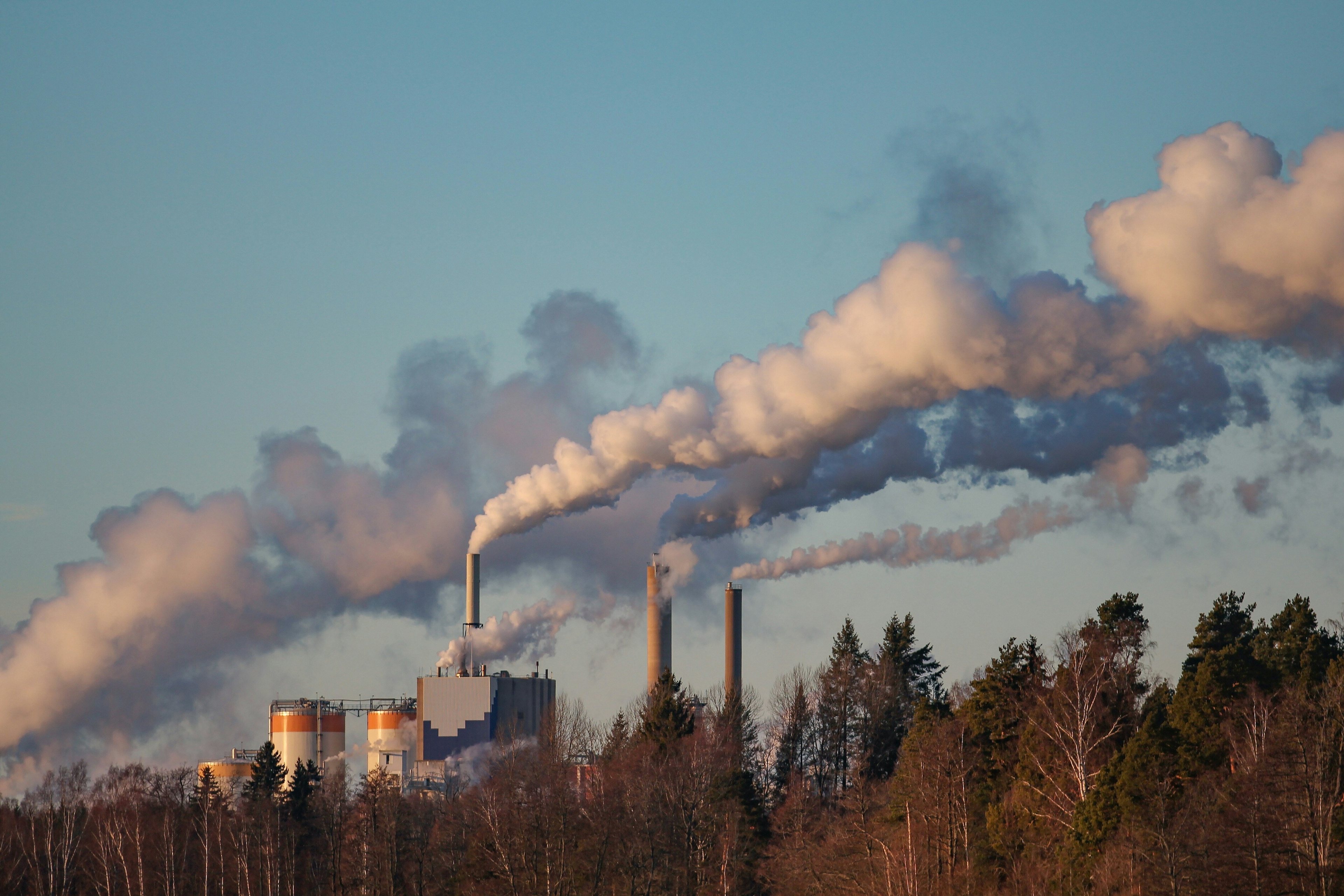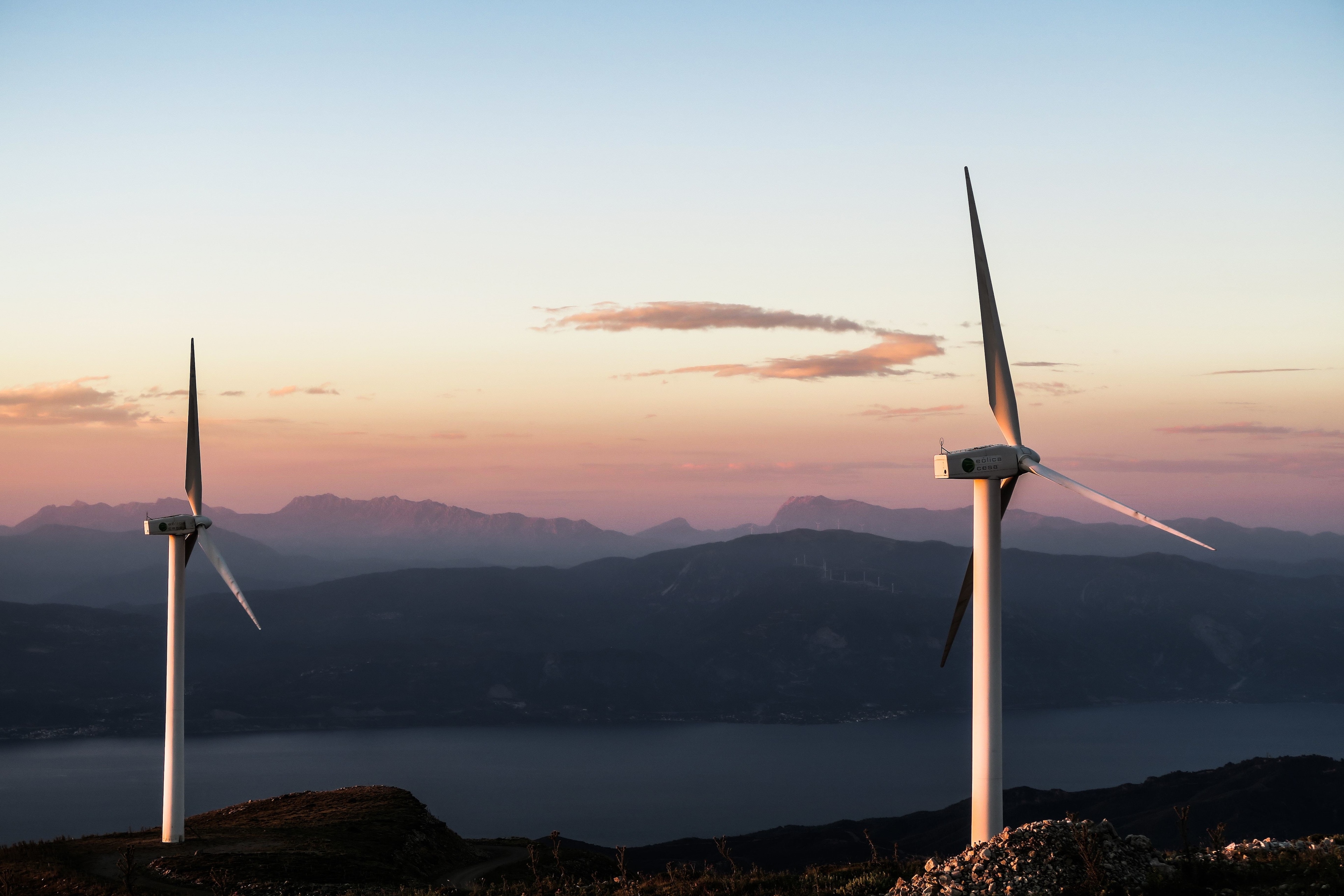From mangroves to floating gardens: 8 ways Asia is harnessing nature to fight climate change

Climate change is causing more extreme weather events in Asia, such as droughts, record-breaking heat, and super typhoons. Image: Pexels/Oliver Schmid

Get involved with our crowdsourced digital platform to deliver impact at scale
Stay up to date:
SDG 13: Climate Action
- Nature-based solutions are being implemented in countries across Asia.
- Mangrove restoration can protect coastlines from erosion and storm surges.
- Floating gardens provide food security and livelihoods for communities in Bangladesh.
- Forest conservation helps to regulate water flow and reduce soil erosion.
The Asia-Pacific region is no stranger to climate change.
In just the last few months, it has endured droughts, record-breaking heat, and multiple super typhoons, a bout of extreme weather that experts say will only get worse as the planet warms.
Last week, leaders in Malaysia attended the Asia Pacific Climate Week, an event designed to explore solutions to the most pressing climatic issues facing the region.
Delegates discussed what are known as nature-based solutions, which focus on leveraging nature – and the services it provides – to build resilience to the climate crisis. Those types of solutions, which can be less expensive and more effective than built infrastructure, are expected to be crucial in the years to come.
What’s the World Economic Forum doing about climate change?
The United Nations Environment Programme’s (UNEP) Adaptation Gap Report 2023, released earlier this month, found that in South Asia alone, the costs of climate adaptation could range between US$40 billion and US$205 billion per year over the next 10 years, or around 1 to 5.1 per cent of gross domestic product.
That is prompting many countries around the region to embrace nature-based solutions. Here is a closer look at eight such projects.

Sifatul Khoiriyah of Timbulsloko village smiles in front of the trees that protect her home. Actively involved in the Building with Nature Indonesia initiative, she champions mangrove restoration, which experts call a “super solution” for climate adaptation. Mangroves act as a natural defence against eroding shores and flooding. The UN Decade on Ecosystem Restoration, an effort to revive compromised natural spaces, recently recognized Building With Nature Indonesia for its work, which could help 70,000 people living in high-risk areas.

Floating gardens in the heart of Nazirpur Upazila, Bangladesh, showcase nature's adaptability and innovation. Crafted from decomposing water hyacinth, duckweed, and paddy stubs, these buoyant beds bloom with essential crops like turmeric, ginger, and spinach. The gardens rise and fall with the changing water levels, offering a highly resilient solution for farming in flood-prone areas while encouraging communities to protect the wetland ecosystems that house the gardens. The beds also help to control the spread of water hyacinth, an invasive species that destroys local biodiversity and clogs waterways.

Hundreds of landslides affect Nepal each year. The phenomenon is steadily growing as fluctuating temperatures and rainfall—both consequences of the climate crisis—destabilize the earth’s surface. Through a UNEP project funded by the Global Environment Facility, communities are receiving training on how to protect the forests uphill from their agricultural terraces. In a prime example of ecological engineering, the trees’ interlocking root system provides a net that prevents soil from sliding down the slope during periods of heavy rain. Continuing in the spirit of nature-based solutions, local villagers constructed a water conservation pond (near-centre) that captures rainwater.

In the wake of Typhoon Nock-ten, which hit the Philippines on Christmas Day in 2016, Louise Mabulo realized that, among the devastation, many cacao trees were still standing. As a chef, Mabulo already knew of cacao’s high income-earning potential for local farmers. The crop’s climate resilience bolsters its value even more. Her Cacao Project has now trained over 200 farmers in agroforestry techniques, combatting deforestation and revitalizing 150 hectares of land with over 150,000 trees.
“With the onset of climate change and potentially more powerful storms in future, more disaster-resilient crops are needed,” said Mabulo. For her work, Mabulo received the Young Champions of the Earth award, one of the UN’s highest environmental honours, in 2019.

As the sun casts a golden hue over Malaysia's Cameron Highlands, a scientist casts a net in search of nature's tiny warriors: insects. Many farmers see them as enemies that can only be dealt with by spraying chemicals. The Malaysian Agricultural Research and Development Institute is taking a different view and has begun breeding wasps in a laboratory to combat the devastating diamondback moth, a highly invasive species that plagues farms across the world. The spread of the moth is a challenge projected to worsen under the climate crisis. The Economics of Ecosystems and Biodiversity initiative, hosted by UNEP, is working with the Government of Malaysia to understand how sustainable agricultural practices can benefit crop yields in the face of a changing climate.

In the rugged mountains of Kyrgyzstan, a curious snow leopard is photographed at the NABU Rehabilitation Centre. As the climate crisis looms, glaciers are retreating and water sources are thinning, pushing farmers uphill in search of grazing grounds for their livestock. This opens the door to conflicts with the already threatened snow leopard. UNEP's Vanishing Treasures programme is now working in Kyrgyzstan and Tajikistan to mitigate potential conflicts. From pioneering ecotourism to tracking livestock losses and predator hotspots, the initiative seeks a symbiotic coexistence, safeguarding both local communities and this elusive big cat from the cascading impacts of a changing world.

Pakistan made headlines in July 2022 when a “megaflood” submerged one-third of the country. But water scarcity is also threatening many parts of Pakistan, including Gilgit Baltistan, known for its magnificent mountains and glistening glaciers. With an annual rainfall of less than 50 millimetres, the village of Paari relies exclusively on water from snow and glacial melt for small-scale agriculture and livestock rearing. Locals here have adopted an Indigenous solution to water shortfalls: ice stupas. Glacier water is channelled through a pipe and released in shaded areas. The water, when exposed to sub-zero temperatures, freezes upon contact with the ground, eventually forming a conical structure up to 15 metres tall. As temperatures rise in spring, the stupas begin to melt, providing irrigation for crops.

In Kyrgyzstan's Bel-Aldy village, two beekeepers proudly display a thriving hive. Livestock overgrazing and increased drought in the region are destabilizing the soil on mountain slopes, putting villages at risk of landslides. A UNEP initiative is countering this by training villagers in beekeeping as an alternative livelihood. This reduces livestock numbers and incentivizes ecosystem protection to both sustain bees and stabilize the slopes. This programme also directs 30 per cent of beekeeping profits to an environmental conservation fund.
Don't miss any update on this topic
Create a free account and access your personalized content collection with our latest publications and analyses.
License and Republishing
World Economic Forum articles may be republished in accordance with the Creative Commons Attribution-NonCommercial-NoDerivatives 4.0 International Public License, and in accordance with our Terms of Use.
The views expressed in this article are those of the author alone and not the World Economic Forum.
Related topics:
The Agenda Weekly
A weekly update of the most important issues driving the global agenda
You can unsubscribe at any time using the link in our emails. For more details, review our privacy policy.
More on Climate ActionSee all
Neeshad Shafi
May 1, 2024
Johnny Wood
May 1, 2024
Nils Aldag and Christopher Frey
May 1, 2024
Pooja Chhabria and Michelle Meineke
April 28, 2024
Lisa Donahue and Vance Scott
April 28, 2024
Kate Whiting
April 26, 2024






